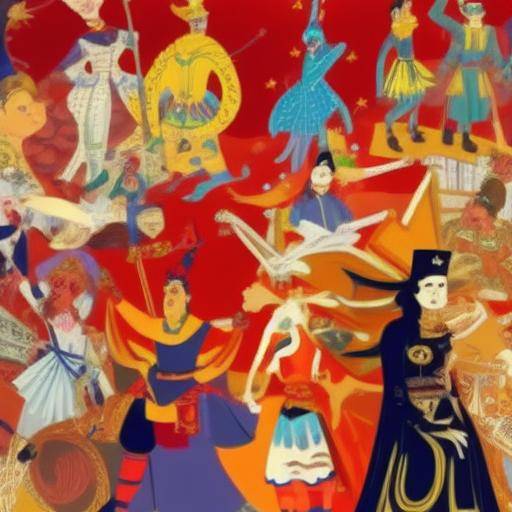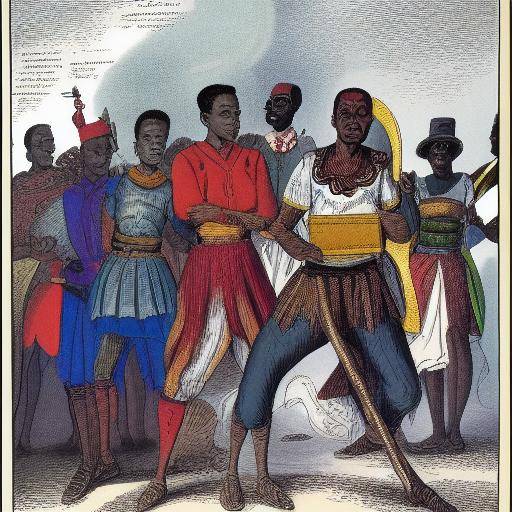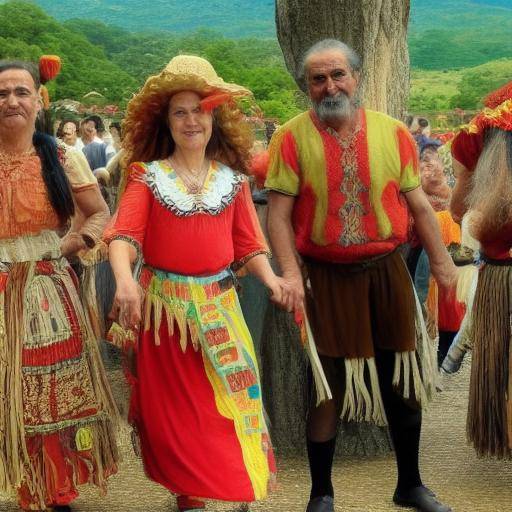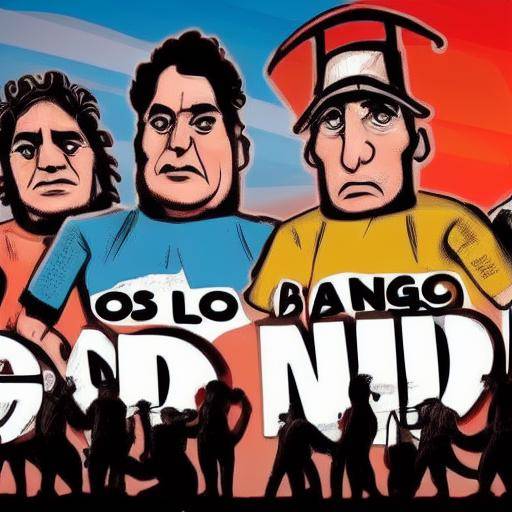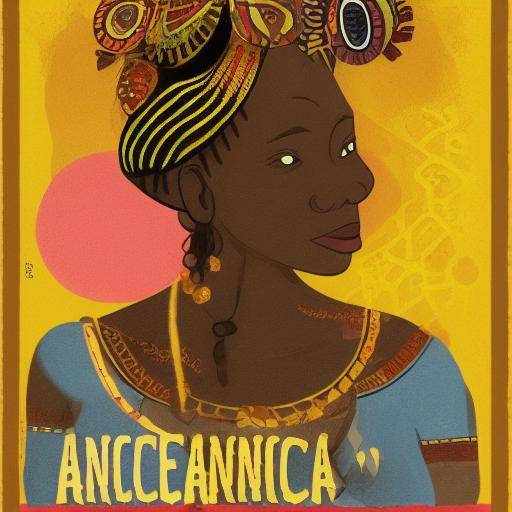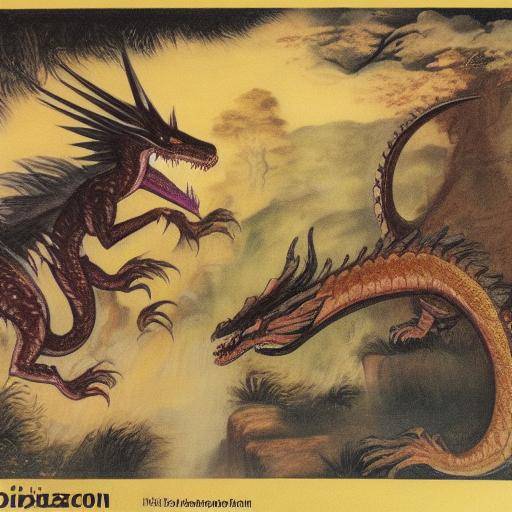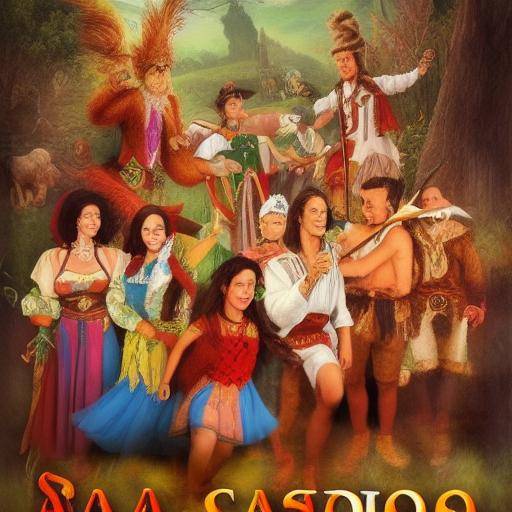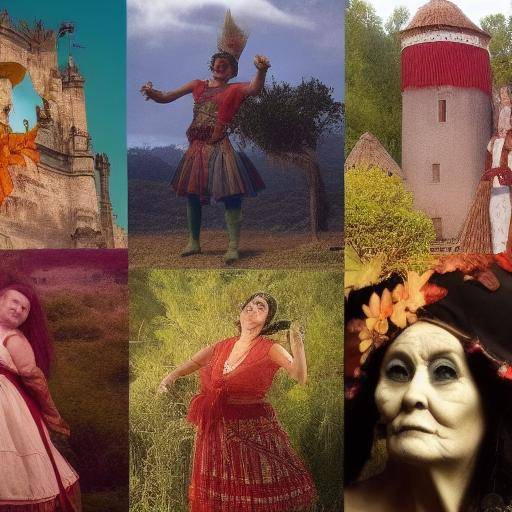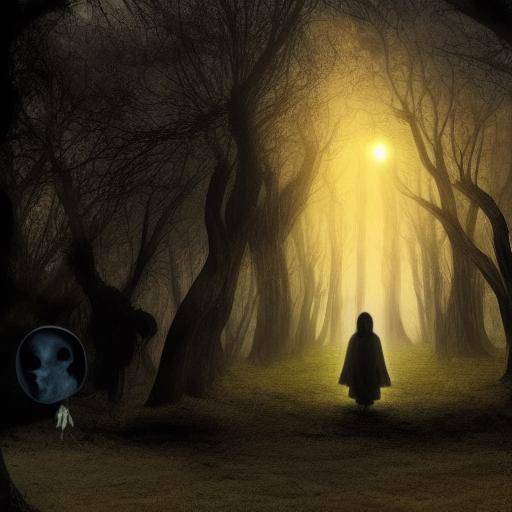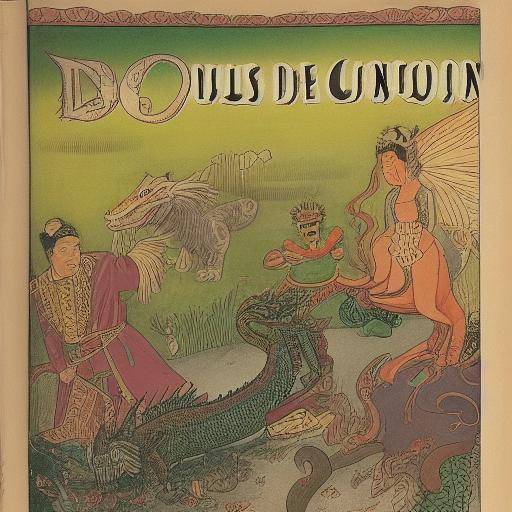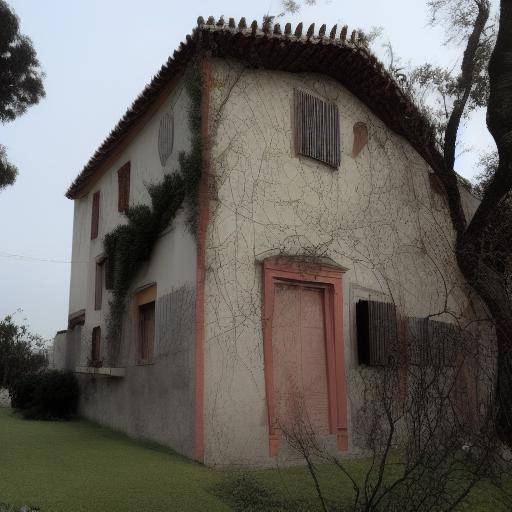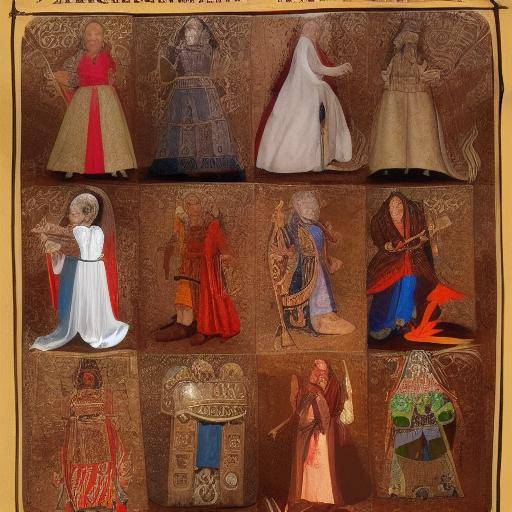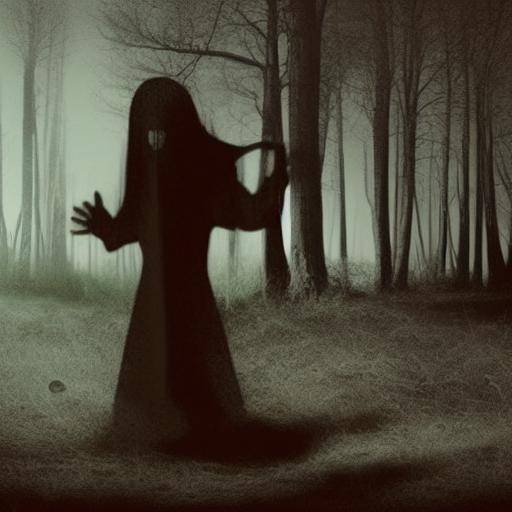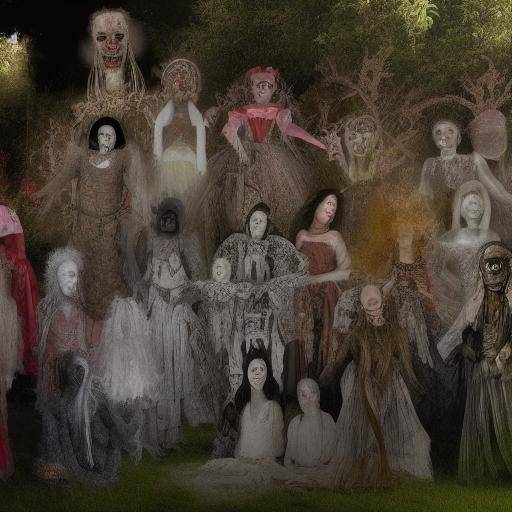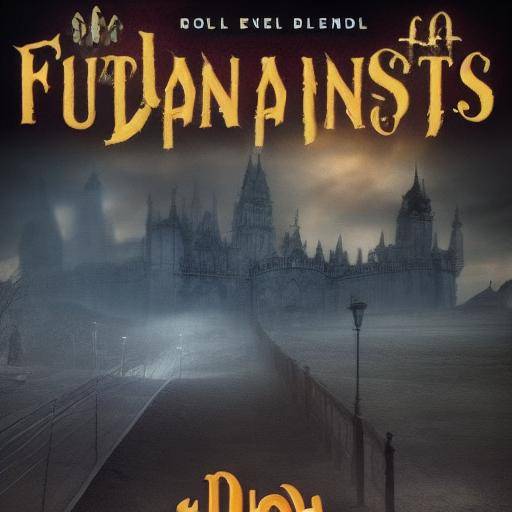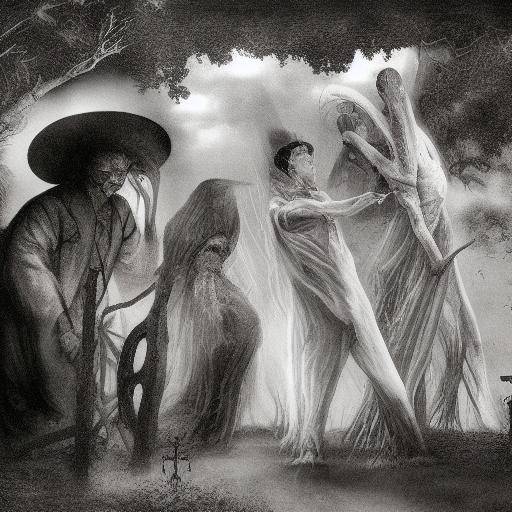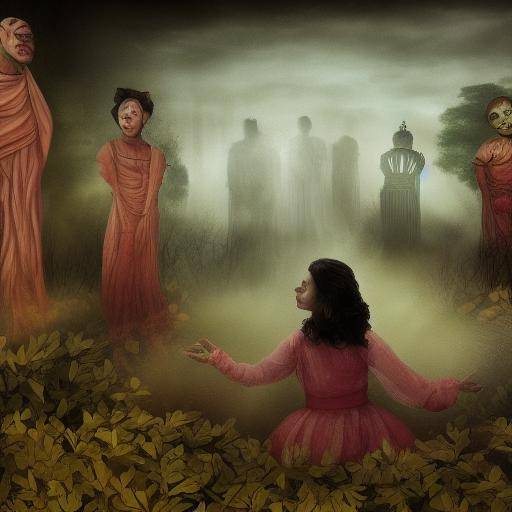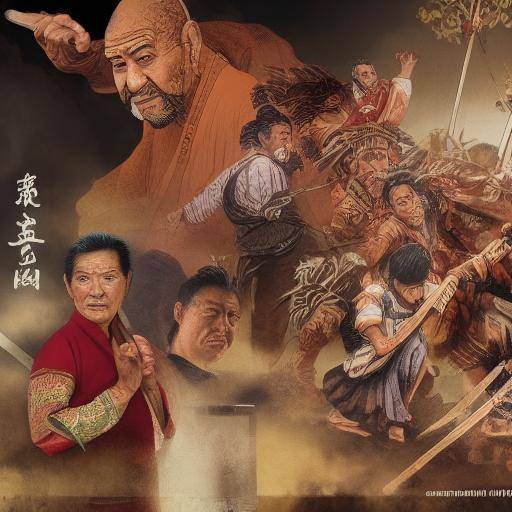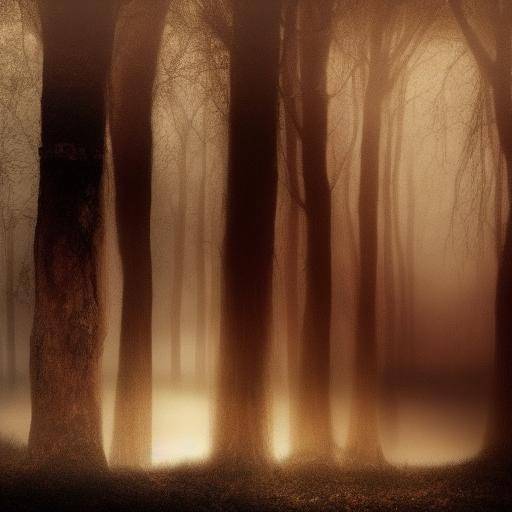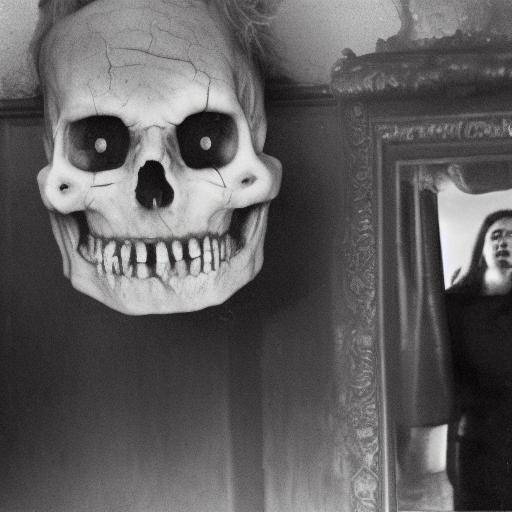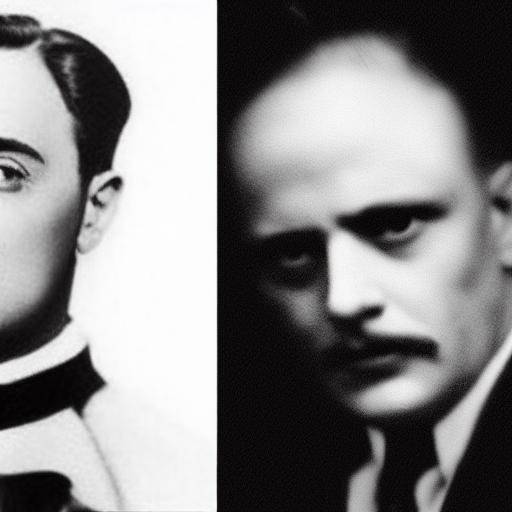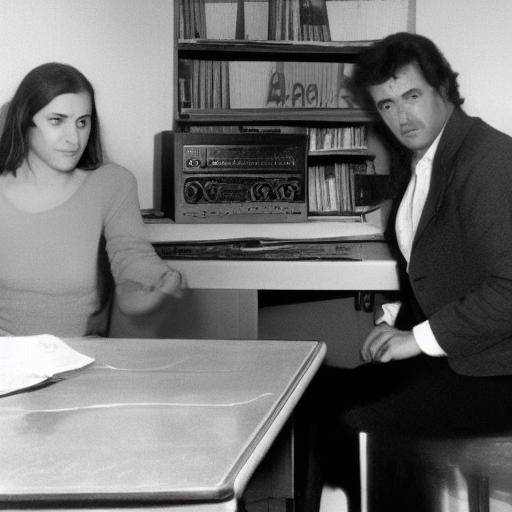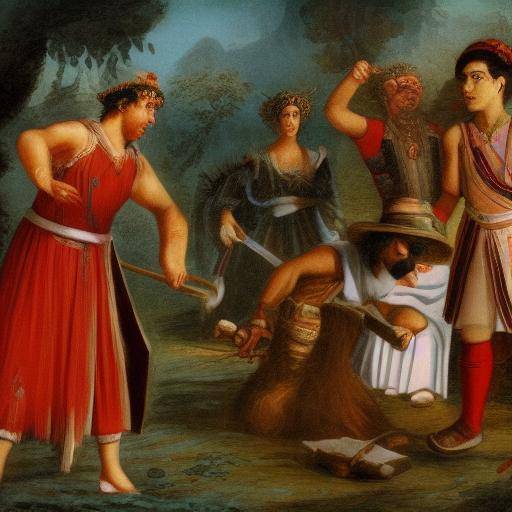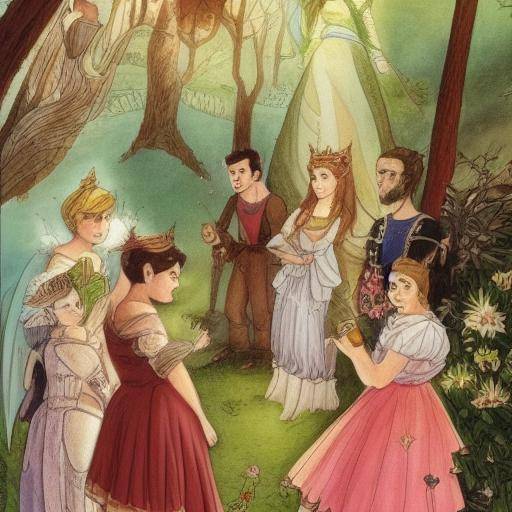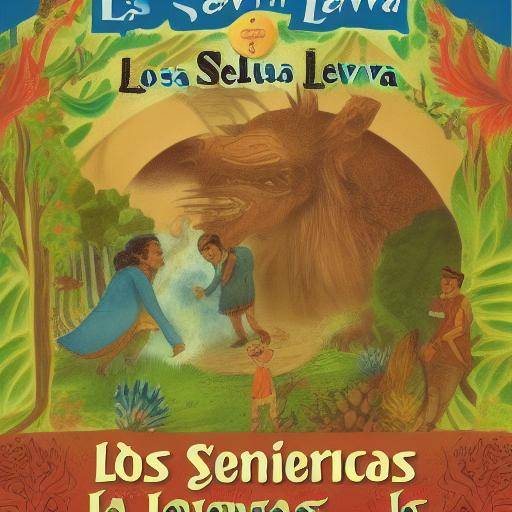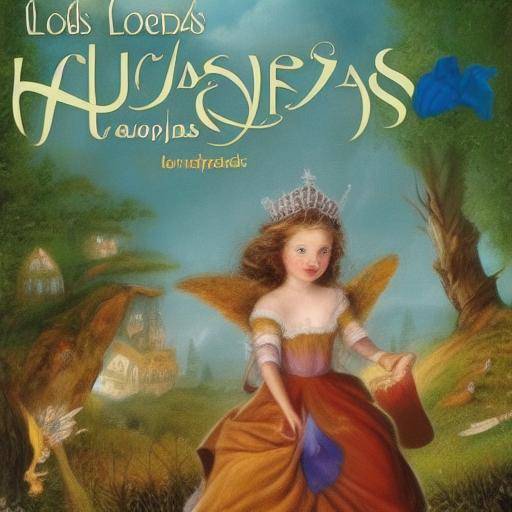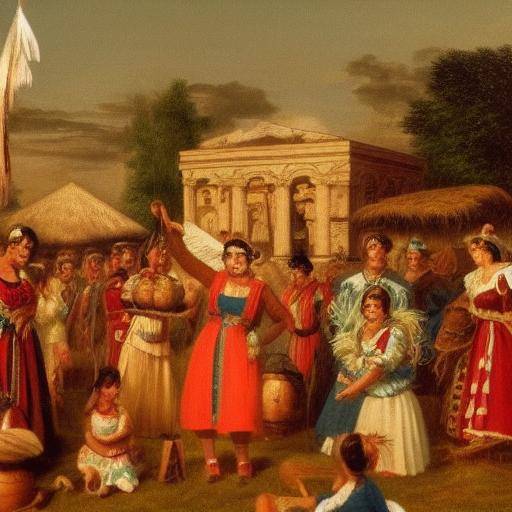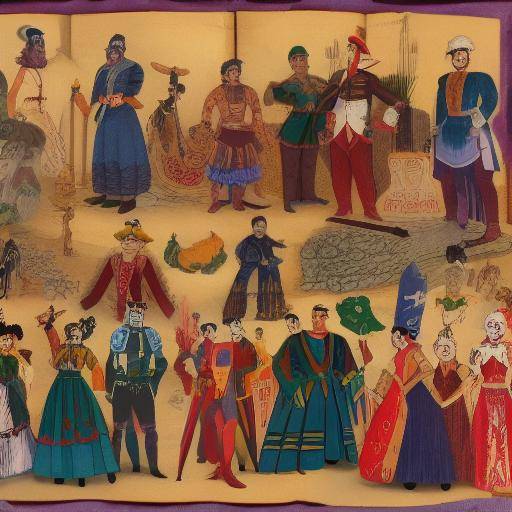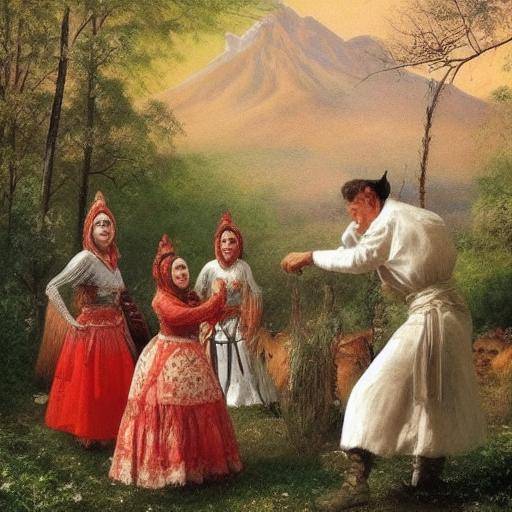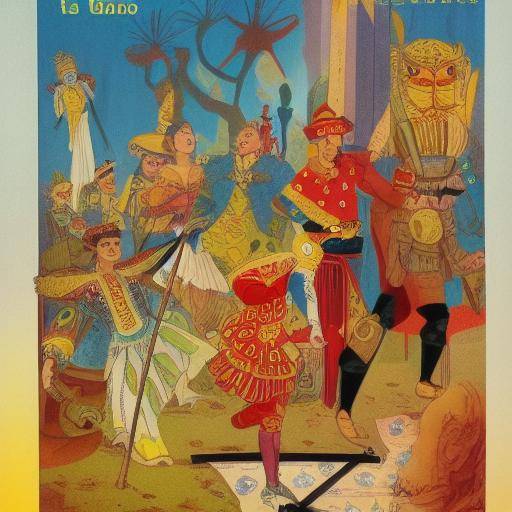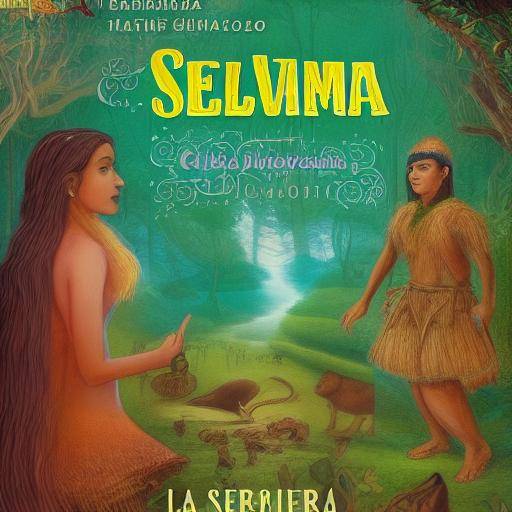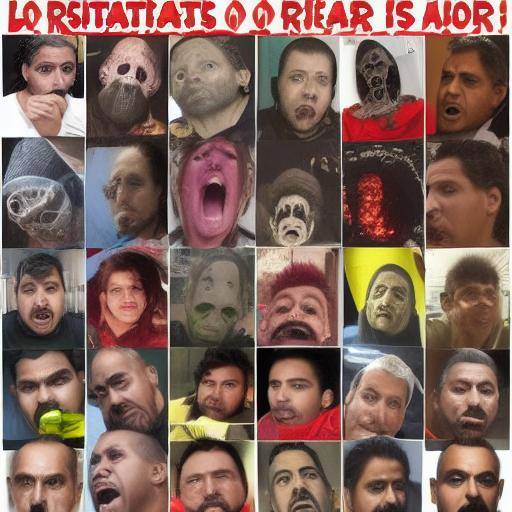
In the rich and fascinating Nordic mythology, giants play a significant role. These majestic and enigmatic figures, known for their immense stature and power, have captivated the imagination of generations through the stories that have been transmitted over the centuries. In this article, we will explore in depth the relevance of the giants in Nordic mythology, their roles, characteristics, and how their stories have endured over time.
Introduction to Giants in Nordic Mythology
Nordic mythology, also known as Scandinavian mythology, is a rich corpus of stories that has deeply influenced the culture of northern Europe. In this context, giants are divine and mythical beings that play fundamental roles in world-related cosmogony and myths.
The giants, in contrast to the gods, are generally associated with the nature and ancient creation of the world. While in many cultures the giants are presented as evil and destructive beings, in the Nordic mythology their role is much more complex and nuanced, which gives them a halo of mystery and fascination.
Throughout this article, we will explore in depth the various facets of the giants in the Nordic mythology, from their origin to their influences in contemporary culture, offering an integral vision that allows us to understand the lasting relevance of these figures in the collective imagination.
History and Origins of the Giants in the Nordic Mythology
The myth of the giants is part of the Nordic cosmogony, which narrates the creation and structure of the universe according to the ancestral beliefs of the Scandinavian peoples. In these accounts, the different kingdoms and beings that gave origin to the world as it is known in the Nordic mythology are described.
The concept of giants in Nordic mythology comes from ancient proto-nordic traditions dating back to prehistoric times, and merged with later Germanic influences. It is believed that the original accounts about the giants had an explanatory purpose, helping to give meaning to natural phenomena and the complexity of the universe.
These first stories were amalgamated with influences from other cultures, such as the Roman one, and were mainly orally preserved until they were written in the Nordic sagas and the Eddas, which are the main literary sources that these stories have legated.
A distinctive characteristic of the giants in the Nordic mythology is their relationship with the gods, cosmic forces and the duality between order and chaos. This interaction between divinities and giants is a central part of many of the myths and legends that have come to this day.
The Giants and their Impact on Culture and Art
The stories of the giants in Nordic mythology have profoundly influenced the culture and art of Scandinavia, as well as the global artistic production. Stunning and colossal figures, the giants have served as emblems of the wild nature, the primordial force and resistance to the established order.
The representations of giants in visual arts, literature, theatre and music have been a constant throughout history, finding echo in different eras and artistic movements. Whether as antagonists of the narrative or as symbols of the indomitable nature, the giants have been a source of inspiration and debate in the artistic realm.
The characteristics of the giants, their strength and their relationship with the natural world, have been the subject of constant reinterpretations that reflect the changing cultural perspectives and contemporary interpretations of these mythological beings.
Giants in the News: Symbolism or Mythological Reality?
The influence of the giants in mythology transcends the purely mythological sphere and has been intertwined with various aspects of contemporary culture. The resonance of these legendary figures is perceived in areas as diverse as fantastic literature, role games, cinema and music, where giants continue to exert their impact on new generations.
Despite its remote origins, the symbolism of the giants remains in force today, finding echo in artistic movements, emerging philosophies and the continued exploration of the Nordic cultural roots. The iconography of the giants remains a recurring motive in contemporary works, both visual art and literary narrative, which evidences the lasting fascination for these enigmatic and powerful creatures.
Conclusion
The presence of the giants in Nordic mythology is a testimony of the wealth and complexity of Scandinavian traditions. Throughout this journey through myths and stories related to these colossal beings, we have been able to appreciate the significant influence they have exerted over the centuries, and how their legacy remains in effect in contemporary culture.
The giants, with all their imposing mystery, continue to be inexhaustible sources of inspiration, debate and reflection, feeding the imagination of those who dive into the depths of Nordic mythology. His legacy endures through art, literature and cultural manifestations, giving these mythical beings a constant relevance in the collective imagination.
In short, the giants in Nordic mythology not only represent the primordial force and resistance to the established order, but also embody the ability to transcend time and be relevant in different cultural contexts. Its lasting impact invites us to explore, question and celebrate the richness of traditions that have shaped our world conceptions.
Frequently asked questions
What role do giants play in Nordic mythology?
The giants, in the Nordic mythology, represent primordial forces and often personify the wild nature, resistance to divine order and moral ambiguity. Their role is central to the Nordic cosmogony, where they interact with gods and other beings in the fundamental myths of the universe.
Are there significant differences between the Nordic giants and the giants of other cultures?
While they share similarities regarding their representation as colossal and powerful beings, the Nordic giants have distinctive features in their cosmogony, which differentiate them from other giants of different mythologies. These differences include their relationship with the natural world and the duality between order and chaos.
What is the relevance of giants in contemporary culture?
Giants continue to be a source of inspiration in art, literature and popular culture. Their symbolism and their role in Nordic mythology remain relevant in current artistic production, finding echo in works that explore the wild nature, resistance and moral ambiguity.
What are some of the most outstanding representations of giants in contemporary culture?
The giants have been a recurring theme in fantastic literature, cinema, music and role games, where their influence has manifested in different ways. Some works that highlight the presence of giants include "The Lord of the Rings" by J.R.R. Tolkien, "God of War" in the video games, and various film productions that explore the Scandinavian folklore.
What lessons or reflections can we draw from the stories of the giants in the Nordic mythology?
The stories of the giants in Nordic mythology invite us to reflect on the complexity of nature, the duality between opposing forces, and the ability to transcend conventional perception of order and chaos. Through these narratives, themes related to resistance, adversity and persistence are explored, offering lessons about human nature and the value of confronting challenges.
What influence have giants had in other cultural manifestations beyond art and literature?
The influence of giants has spread to various cultural areas, including fashion, architecture and design. The iconography of the giants has been reinterpreted in different contexts, serving as a source of inspiration for the creation of garments, the architecture of emblematic buildings and the design of public spaces.
In short, the giants in Nordic mythology are mythical beings who, despite their ancestral origin, continue to project their influence on contemporary culture. Its lasting legacy is testimony to the wealth and complexity of Scandinavian traditions, inviting reflection and exploration of the depths of Nordic mythology.
With this article, we have thoroughly explored the relevance of the giants in Nordic mythology, offering an integral vision that allows us to understand their lasting meaning in the collective imagination. From their ancestral origins to their impact on contemporary culture, the giants continue to exert their influence in different fields, fueling imagination and reflection on human nature and the cosmos.
If you're interested in discovering more about Nordic mythology, we invite you to explore our selection of related articles and get into the fascinating stories and characters that have shaped this rich cultural tradition.

